Survival
SURVIVAL
Survival measures the share of people diagnosed with cancer in a certain year and who are still alive after a certain period of time (usually measured as 1-year and 5-year survival).
In Europe, there have been continuous increases in 5-year survival rates for the most common cancer types in all countries. These improvements are driven by a number of factors, including effective prevention and screening programmes as well as advances in diagnostics and surgical techniques. In addition, a recent step-change in treatment (with three distinct periods over the past two decades with particularly high numbers of new treatments being approved) has paved the way for further improvements in cancer outcomes.
However, variation in cancer outcomes continue to persist. In colon cancer, for instance, if every European country were to achieve the survival rates of the best performing country – Iceland - then an additional 15,706 people across Europe would survive at least five years following diagnosis.
To find out how many additional lives could be saved for each individual country if they were to achieve the colon cancer survival rates of Iceland – hover over the map to access the individual figures.
For more information on cancer survival in Europe, you can access the report here.
For cancer-specific survival, please click on the cancer-specific icons below.
Variation in 5-year cancer survival persists across Europe. Over 30% more people are alive in Sweden five years following a cancer diagnosis when compared to Bulgaria.
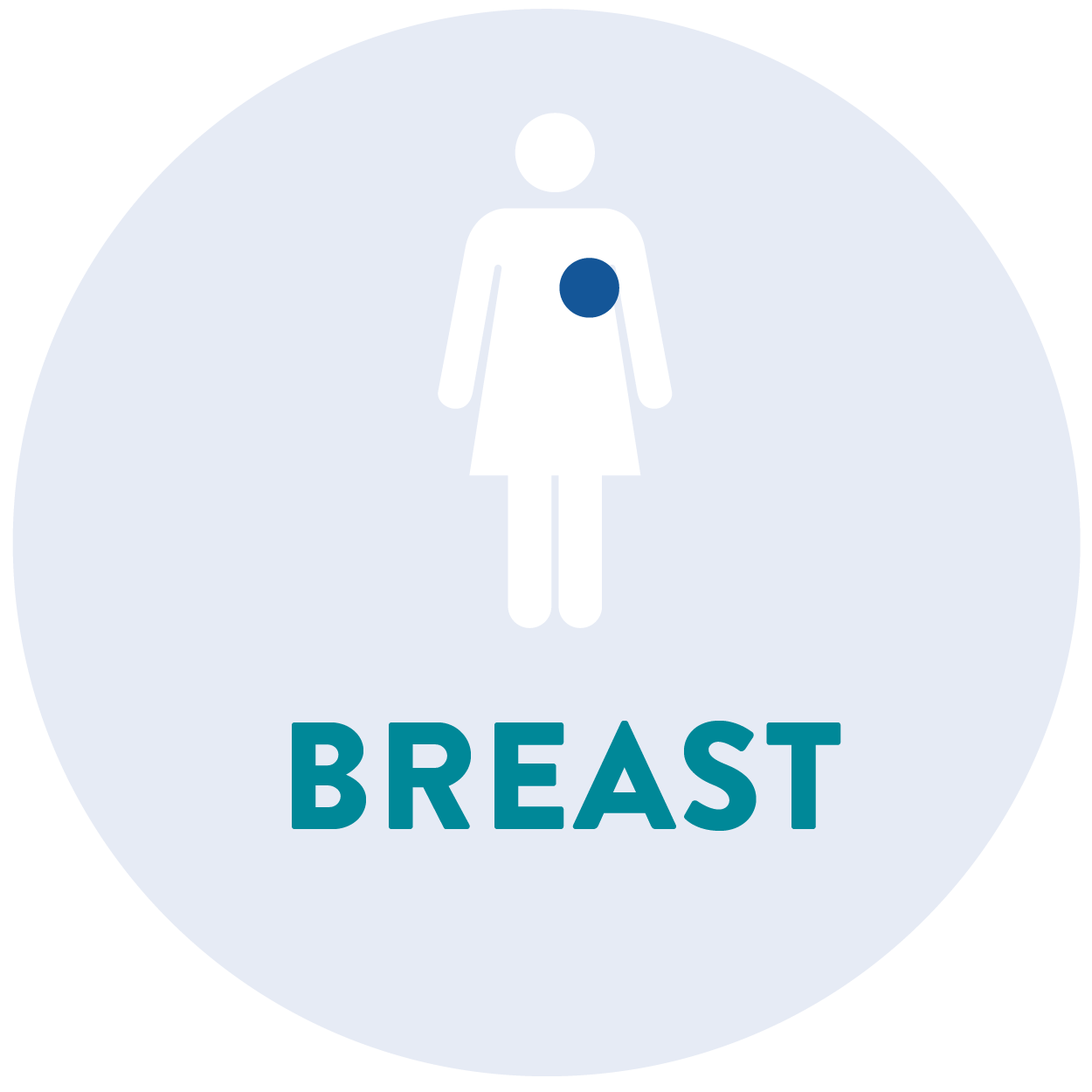
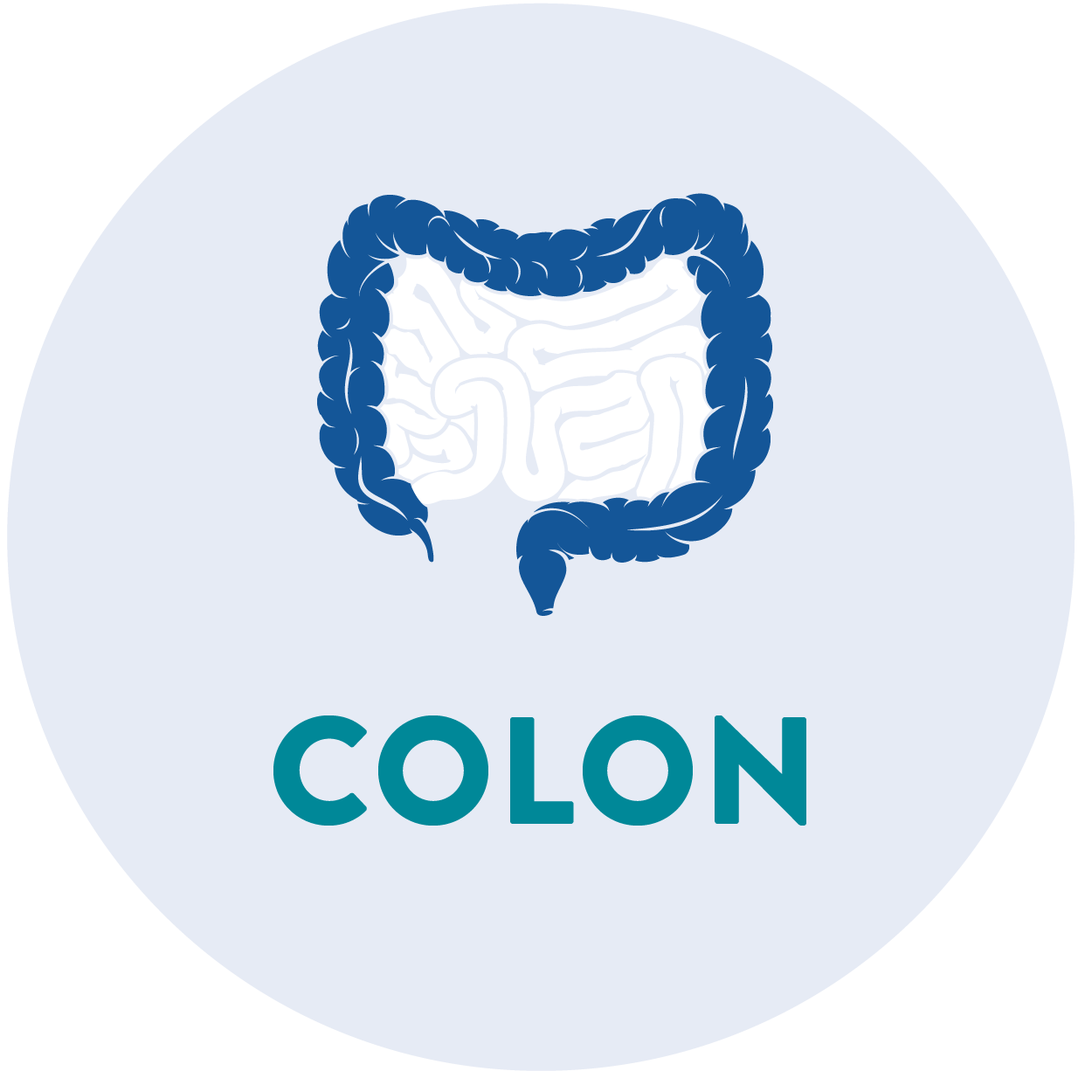
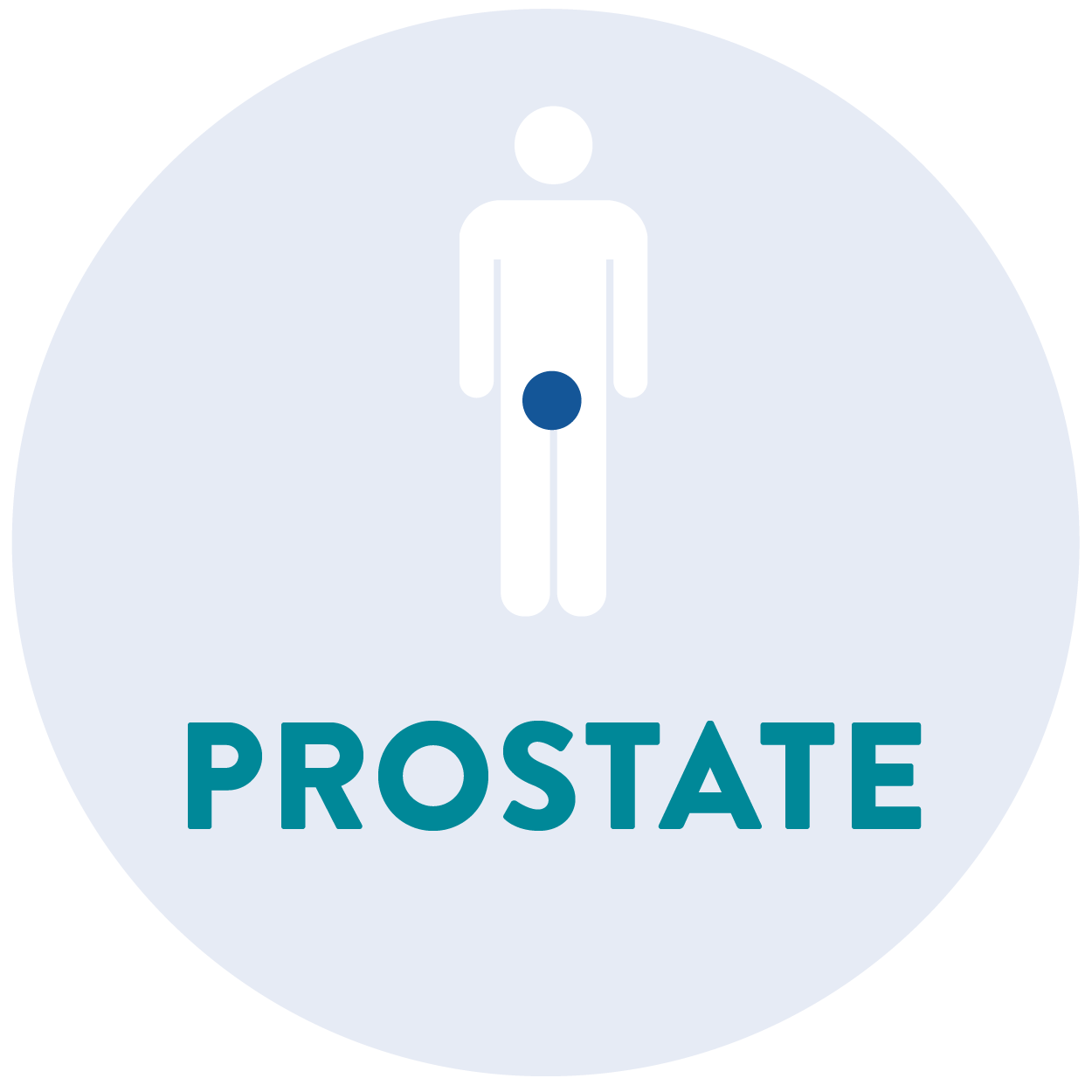
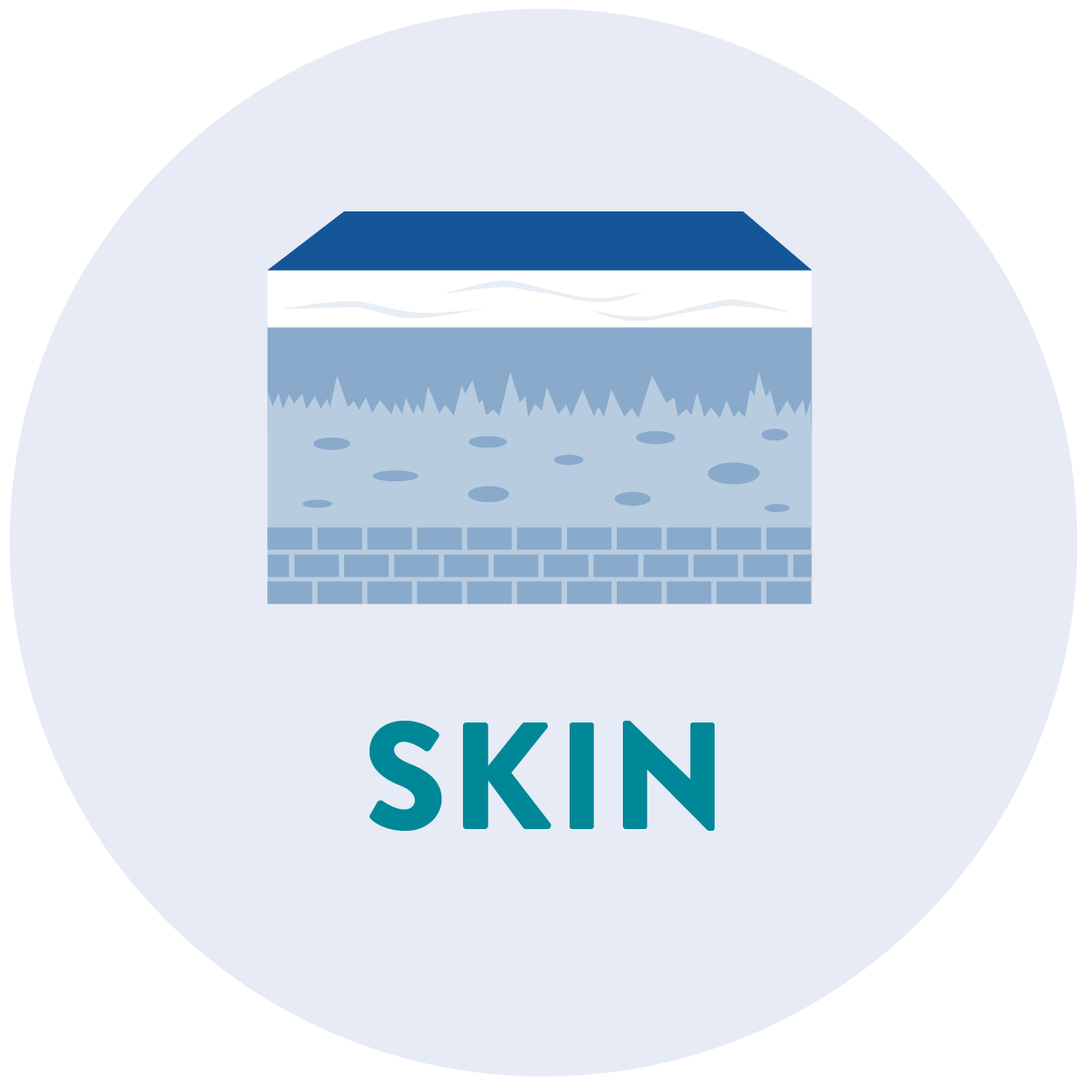
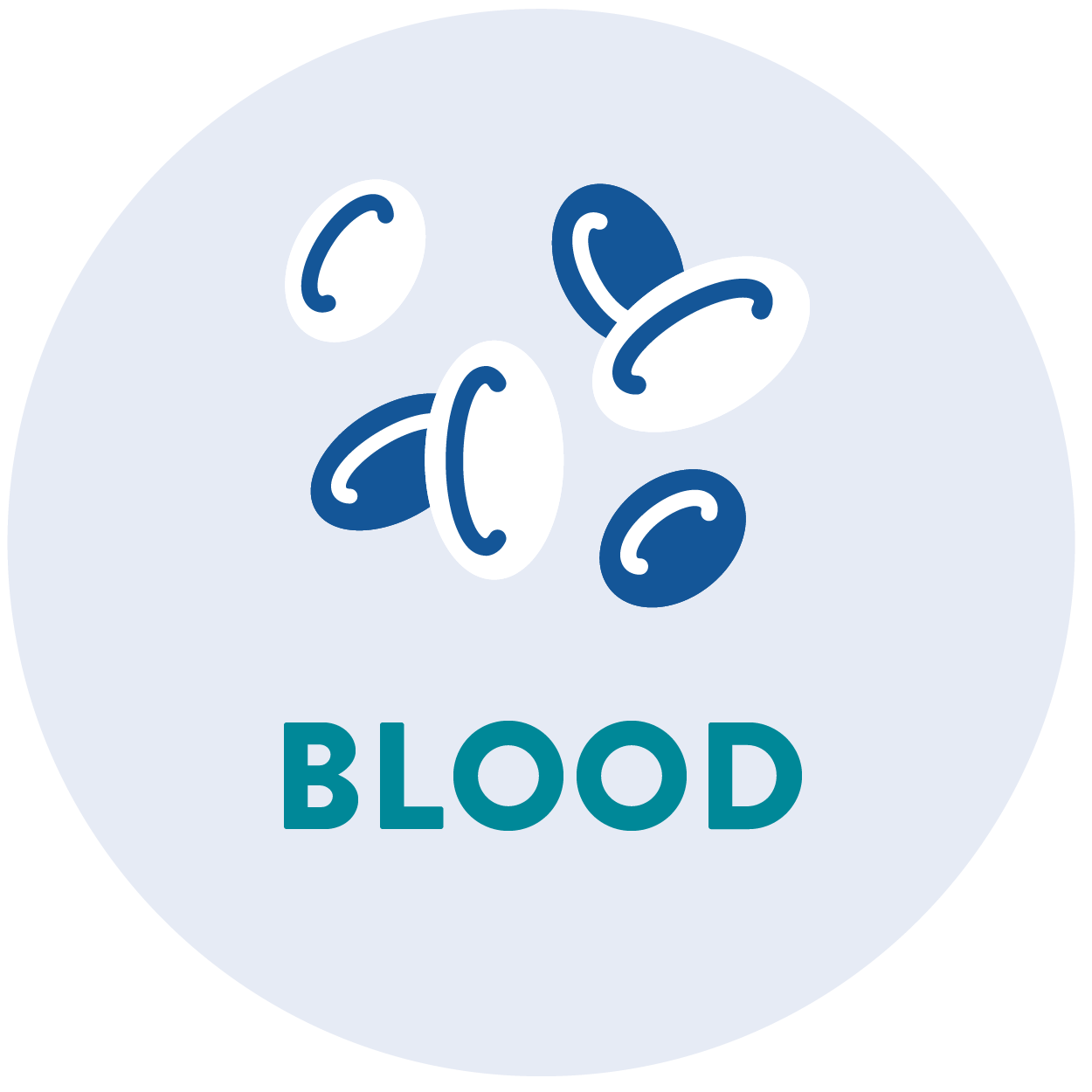
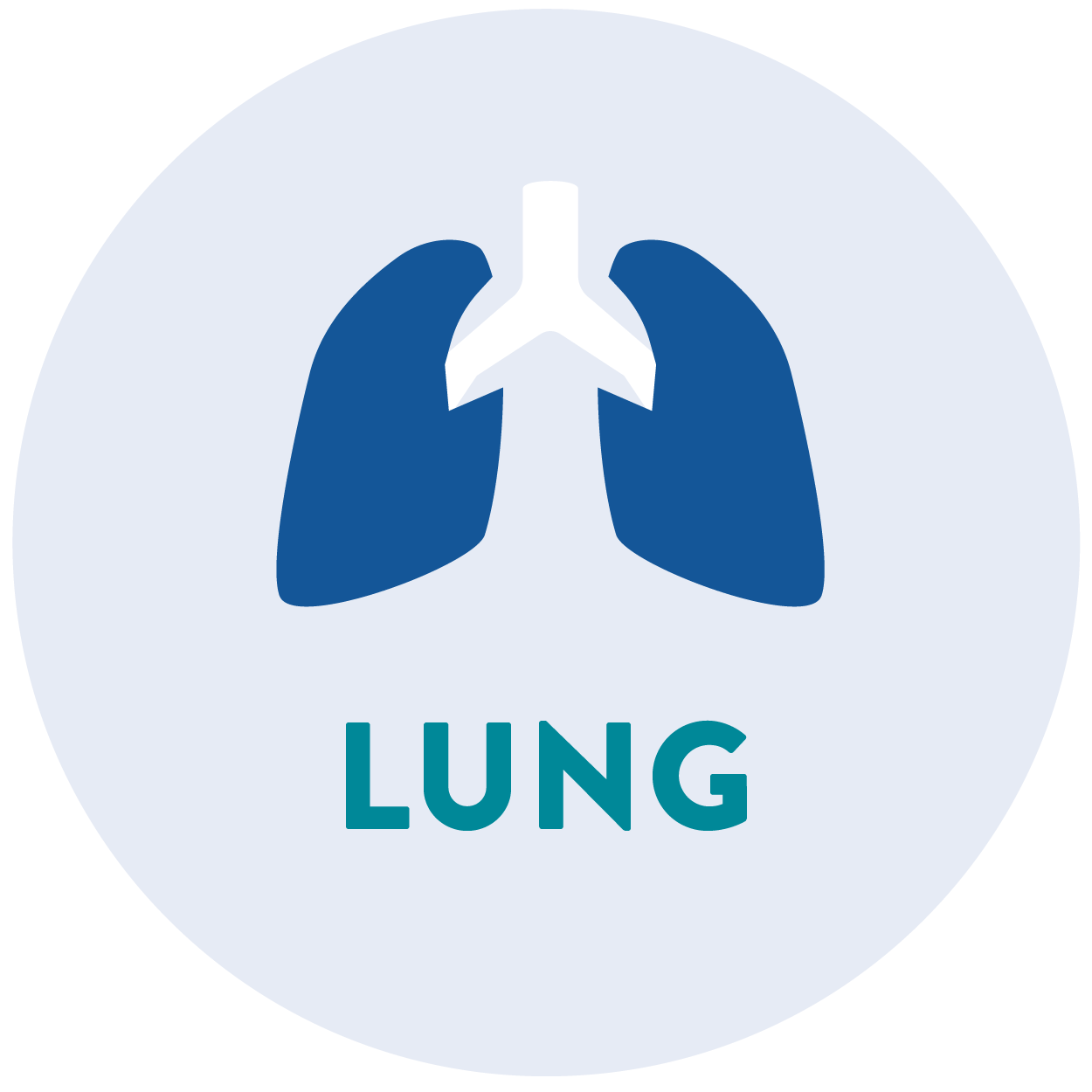
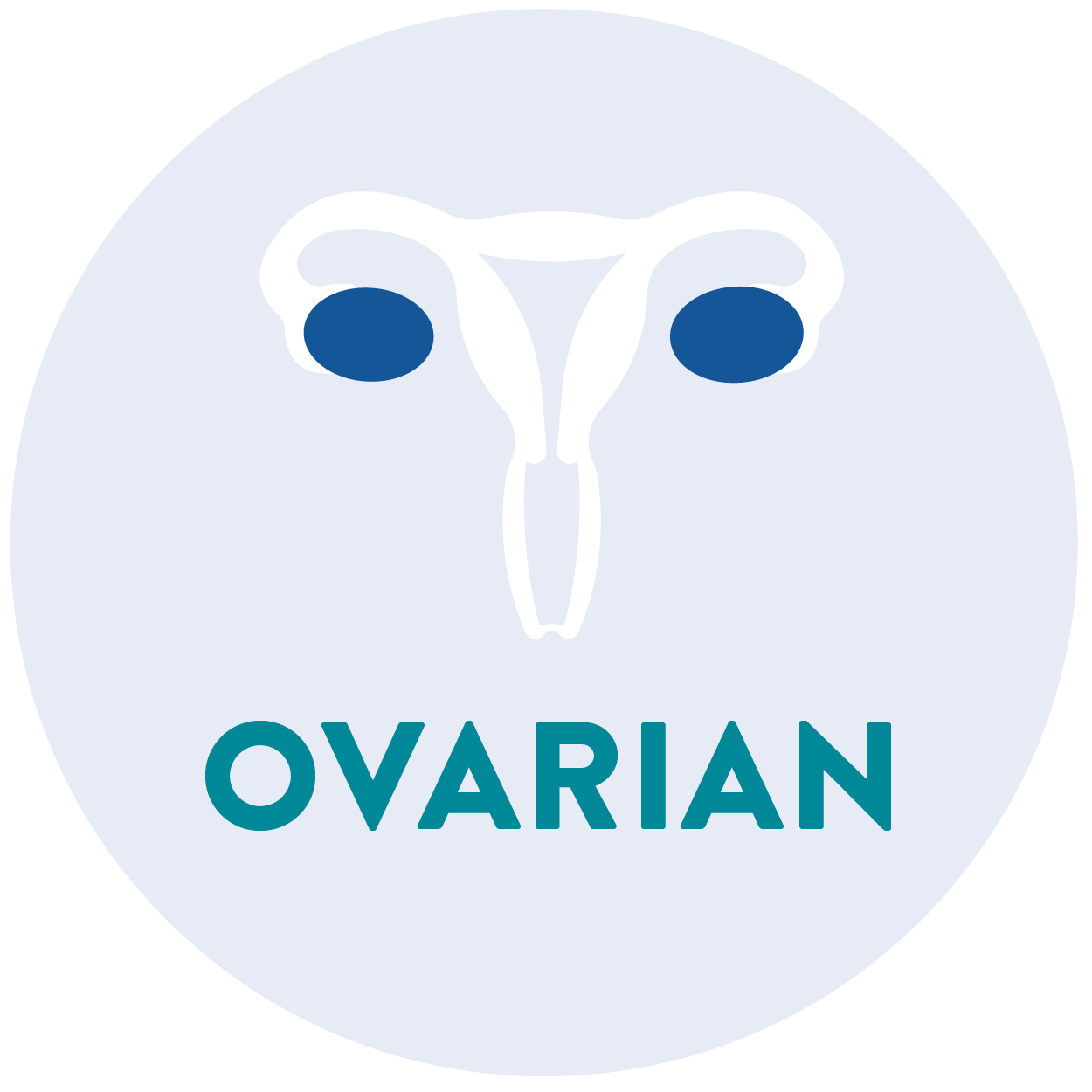
In 2010–2014, breast cancer 5-year survival ranged from 74% in Lithuania to 89% in Finland, Iceland, and Sweden. Survival rates between different countries are more uniform than in colon cancer, as 16 countries are in the relatively small range of 85% to 89%.
There is a clear pattern of higher survival rates in countries with a higher GDP (except Ireland) and lower survival rates in countries with a lower GDP. However, several countries with a lower GDP (Estonia, Latvia, Malta, Portugal, Slovenia) achieved significant improvements between 1995–1999 and 2010–2014.
The 5-year age-standardized survival for lung cancer between 2010 and 2014 ranged from 7.7% in Bulgaria and 20.4% in Switzerland.
In 2010-2014, colorectal cancer 5-year survival rates ranged from 51% in Croatia to 68% in Belgium and Iceland. There is quite a clear pattern of higher survival rates in countries with higher GDP and lower rates in countries with lower GDP. Noteworthy exceptions to this pattern include the UK, Ireland and Denmark, which recorded lower rates than Slovenia.
Between 1995 and 2014, all countries recorded improvements. The biggest improvements were in Slovenia and Latvia (from a relatively low level) and in Germany (from a relatively high level).
In 2010-2014, prostate cancer 5-year survival rates ranged from 68.3% in Bulgaria and 94.3% in Lithuania.
In 2010-2014, melanoma 5-year survival ranged from 61.2% in Romania to 93.6% in Switzerland.
The 5-year age-standardized survival for lymphoid cancers between 2010 and 2014 ranged from 40.4% in Romania and 72% in Switzerland.
The 5-year age-standardized survival for ovarian cancer between 2010 and 2014 ranged from 28% in Malta and 46.5% in Sweden.
Survival data not available